innovative spectroscopy to grow your business
Corbeau has partnered with UK company Elodiz Limited to sell their new fibre-based Raman spectrometer instruments. Elodiz are an established provider of Raman products and have now developed their own range which is available exclusively through Corbeau Innovation Limited.
The DUPLA Raman instrument has dual fibres for Raman measurements at the same wavelength, either visible or NIR. NEEGALA on the other hand has dual fibres for Raman measurements at both visible and NIR wavelengths.
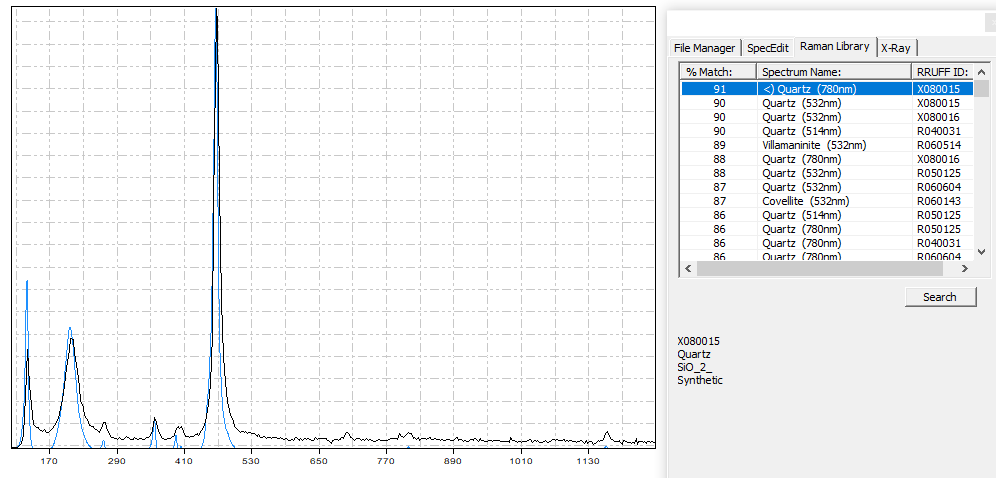
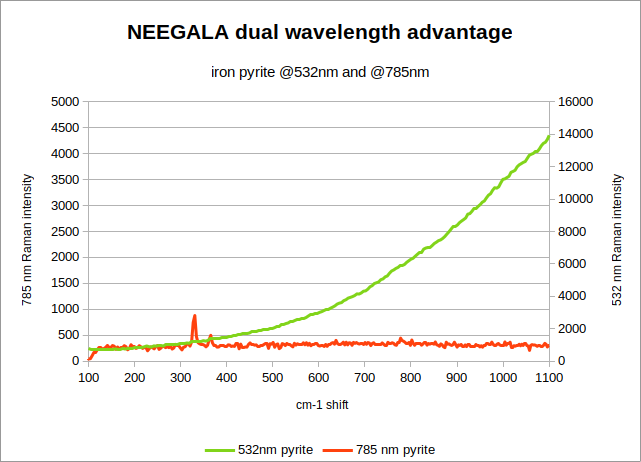

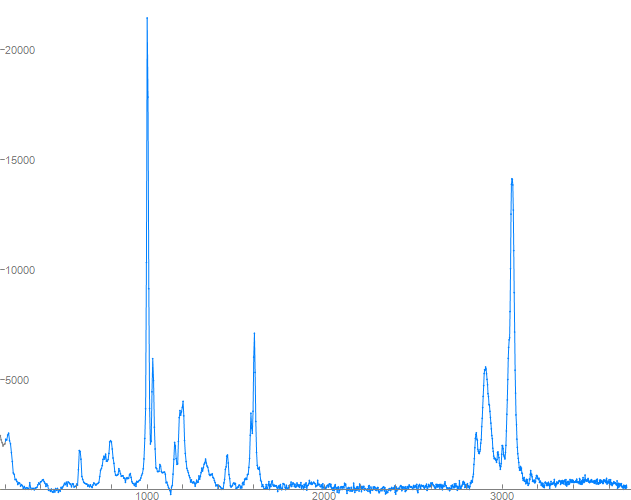
Sampled with a standard optical fibre probe for 532 nm excitation, a polystyrene reference sample spectrum gave Raman peak positions accurate to better than 1 cm-1 over the full spectral range. Peak positions were obtained by curve fitting individual peaks and plotted against ASTM reference positions for polystyrene.
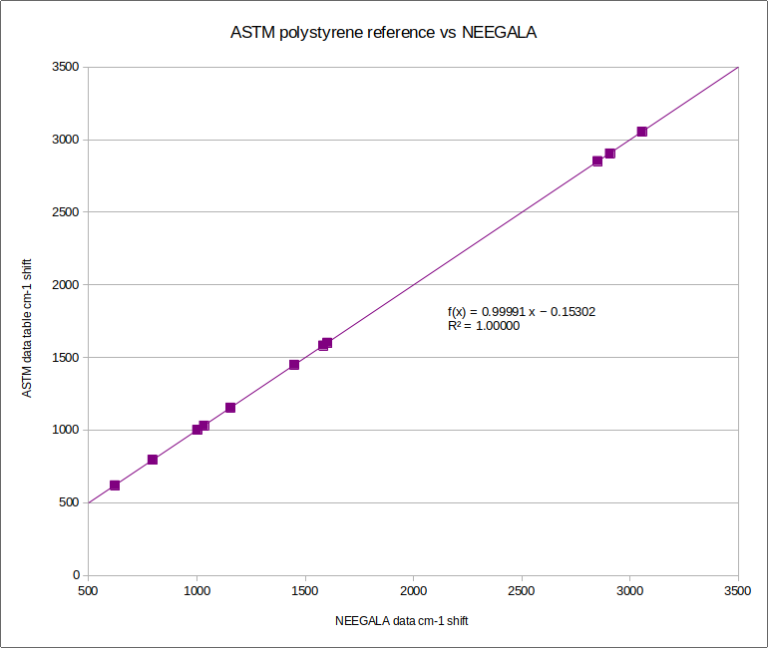
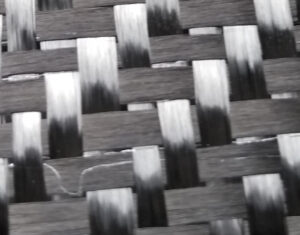
Carbon fibre woven material is used for performance applications where strength and light weight are important. Raman materials analysis can be used to qualify suitable component material for a particular use and its production. Carbon bonds can be single, double or triple in nature, with increasing energy associated with each bond type. Raman spectroscopy measures the vibrational frequency of each bond type and can give a relative amount of each bond type in a given material.
Below we see the Raman signature of a piece of woven carbon fibre material obtained with 532 nm laser excitation from the NEEGALA optical fibre probe instrument. A x50 microscope objective was used to focus the laser spot onto the sample and collect the Raman scattered light.
NEEGALA reveals the characteristic broad D and G bands. Curve fitting of four gaussian components produces a fit without structured residuals. The gaussian components reflect a carbon with a range of different bonding centres (unlike diamond or flake graphite which have only single narrow Raman peaks).

The lower frequency peaks at 1349 and 1352 cm-1 are characteristic of disordered carbon bonding. The higher frequency peaks at 1591 and 1560 cm-1 are characteristic of sp2 carbon double bonds.

Want to find out more? simply contact us for details.